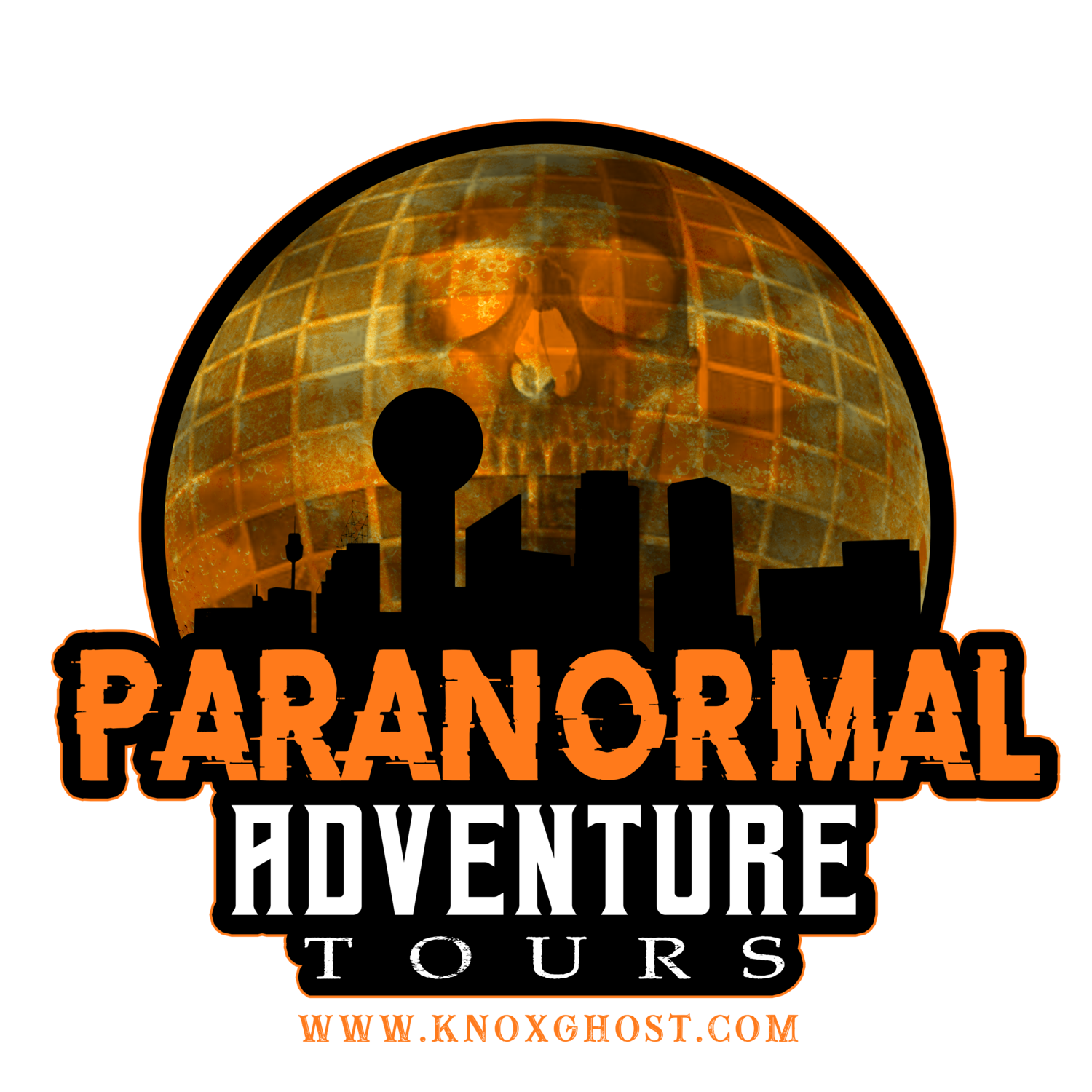Hank's restless spirit
by Phillip Space
On more than one occasion visitors to the Andrew Johnson Building in Knoxville have reported seeing what some believe to be the restless spirit of Hank Williams roaming the halls of the old building. One visitor reported stepping onto the elevator and seeing a middle aged man wearing a white suit and cowboy hat. His face was ashen and the visitor thought the man looked familiar. The visitor rode the elevator up and when the doors opened he stepped out and turned toward the man in the cowboy hat and was stunned to see the man was gone. He had simply disappeared.
Some believe the phantom to be the restless spirit of country music legend Hank Williams who rested at the site only hours before he died. The Andrew Johnson Building was a hotel at the time Williams visited in December of 1952. Less than 24hours later Hank Williams was dead.
In an article published in the Knoxville Journal in 2012, just days before the 60th anniversary of Williams's death, the author Michael Williams interviewed Charles Carr, the last man to see Williams alive. Carr recounted the final hours of the country music legend's life.
By the end of 1952, Williams’s five year recording career had stalled. Looking to make a comeback, he swore off liquor. He agreed to play four shows in two days in West Virginia on December 31, and Canton, Ohio, on January 1, 1953. He left his home in Montgomery, Alabama, on Tuesday, December 30, for what became his final journey. Williams asked his friend, “Pitt” Carr, the owner of Liberty Cab Company, to drive him to Canton. Pitt asked his 17-year-old son, Charles to make the 1,000 mile trek.
A severe snow storm had halted their journey northward. The two arrived in Knoxville, Tennessee, shortly before noon on Wednesday. Running behind schedule, they decided to catch a plane to Charleston but their flight was turned back because of fog and diverted back to Knoxville. Carr phoned A.V. Bamford, the promoter of the concerts, who instructed him to head to Canton in time for the 2 p.m. show the following afternoon.
The two rested at the Andrew Johnson Hotel where Williams began to experience hiccups that contributed to his discomfort. The hotel doctor attending to Williams administered a B-6 shot. Some had speculated that Williams died at the hotel. But as Carr points out Williams was alive when they left the hotel. But he was unaware Williams was showing signs of heart problems that would contribute to his death. Williams was wheeled out of the hotel in a wheelchair by a bell boy at approximately 10:45 p.m. The two continued north. through Bristol, Virginia then into Bluefield, West Virginia where they made a stop at around 4 a.m. There they picked up relief driver Don Surface at a local taxi cab stand.
Soon after entering Bluefield, Carr pulled into an all-night diner. He turned to Williams and asked if he wanted to eat. He responded “I think I’ll take a nap.” Carr was unaware he had just heard Hank Williams’ last words. Williams got out of the car momentarily to stretch and got back into the back seat to sleep.
Shortly, Carr and Surface continued on their journey toward Oak Hill. Shortly before entering town, Carr noticed the blanket had slipped off Hank. With one hand on the wheel he reached back and attempted to pull the blanket up with his free hand.
“I noticed he didn’t look right,” Carr said. “His head was opposite to me. His right arm was across his chest. I started to move his arm and noticed some resistance.”
Carr pulled into a Phillips Service Station and looked into the back seat. He went inside and found the attendant who gave Carr directions to the hospital. Carr drove to the hospital where he retrieved two orderlies who came out with a metal exam table. The two lifted Hank’s lifeless body from the car and laid him upon the table.
“One of them looked at me and said ‘he’s dead’,” Carr recalled.
As the attending physician had Williams’ body taken to the hospital morgue, Carr called his father and Hank’s wife, Billy Jean.
Williams’ body was taken to Tyree’s Funeral Home across the street from the hospital. As word of his death spread, a small crowd of people gathered at the car. A local mechanic, Pete Burdette, allowed Carr to store the Cadillac in a bay at Burdette Pure Oil Station. Joe Tyree, the owner of Tyree’s Funeral Home, allowed Carr to sleep on a cot in a small apartment over the funeral home where he awaited his father’s arrival.
That afternoon, at approximately 1 p.m., Magistrate Virgil Lyons conducted a coroner’s inquest which ruled out foul play. An autopsy, performed by Dr. Ivan Malinin, determined the official cause of death was listed as heart failure aggravated by acute alcoholism. No traces of drugs were said to have been listed in the autopsy report. A coroner's inquest substantiated these findings. Some however believe foul play was a factor in Williams's death. Among those is Hank Williams's daughter, Jett, who has long maintained her father was possibly murdered. Jett has stated on numerous occasions that her father had bruises on his face and she is convinced he was beaten in the hours before his death. She has disagreed vehemently with the coroner's inquest often citing inconsistencies in the report.
Despite her beliefs, Carr maintains his version of events is true. Does the ghost of Hank Williams walk the halls of the Andrew Johnson Building? If so, why is his spirit restless? Is he simply returning to the last place he rested before his death or is there more to his death than has been disclosed? To read the full article follow this link. http://theknoxvillejournal.com/hanks-final-ride/
